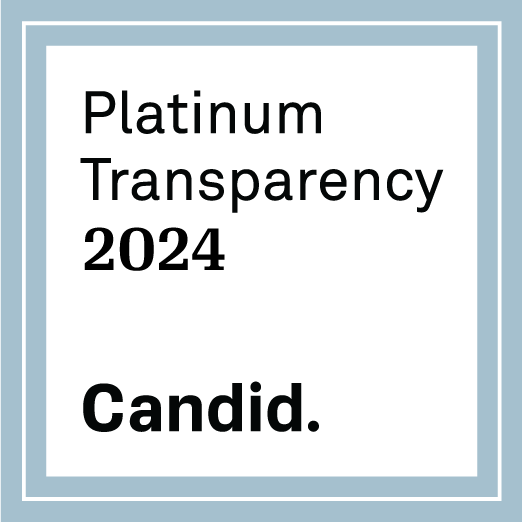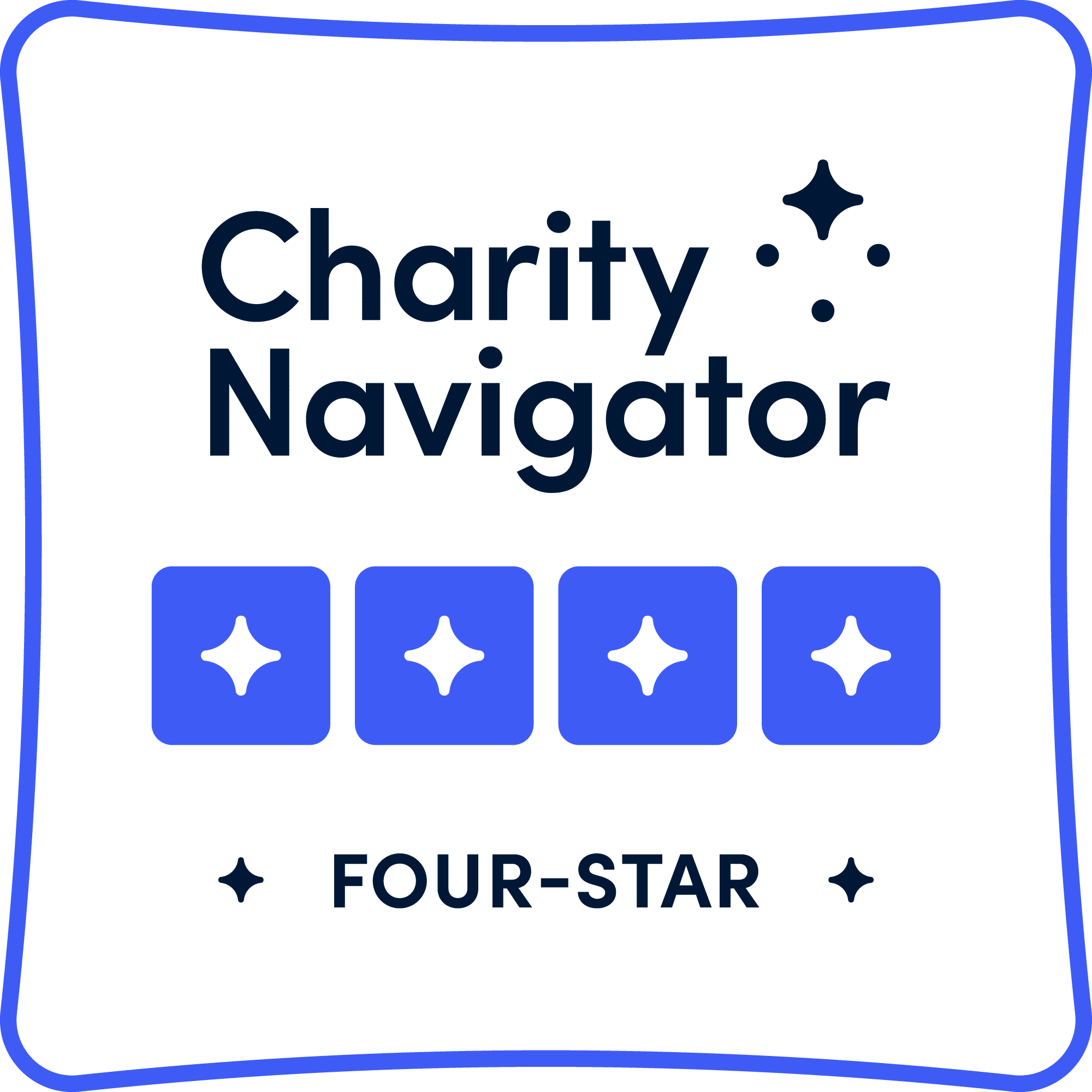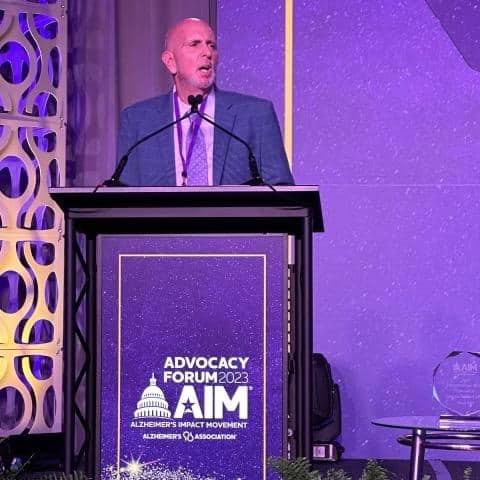- Alzheimer’s Disease and Related Dementias
- Antimicrobial Resistance
- Appropriations
- Cardiovascular Disease
- Care Innovation and Access
- Clinical Trials
- COVID-19
- Family Caregiving
- Health Equity
- Healthy Aging
- Home Health and Community-Based Services
- Medicaid
- Medicare
- Mental Health
- Nursing Home and Post-hospital Care
- Nutrition
- Persistent Pain
- Prescription Drug Affordability
- Quality and Outcomes
- Research Funding
- Sarcopenia and Mobility
- Telehealth
- Vaccination
- Value Assessment and Pricing
- Vision Loss
Value Assessment and Pricing
One of the long-term goals of the healthcare sector has been transitioning from a system that rewards value rather than volume of provided services. To support these models, analyses have been constructed to compare outcomes to the cost of the service to determine value. However, the outcomes that are valued can vary depending on one’s perspective – a patient can value one set of results, while a health plan may have other preferences. The Alliance believes that patients should be at the forefront of discussions on how care should be valued.
Value assessments compare and quantify the positives, negatives, and costs of different treatments in an effort to define the value of a treatment. As the cost of health care rises, patient-centered value assessments have the potential to assess whether care is high quality and cost effective. If developed properly, these frameworks have the potential to improve patient outcomes and decrease healthcare costs. The Alliance supports patient-centered, holistic, and rigorous frameworks. We are interested in how proposed frameworks affect the care of older adults.
Unfortunately, the most prominent current method of value assessment – the quality adjusted life year (QALY) discriminates against older adults, people with a disability, and communities of color and devalues therapeutics in these patient groups. In the U.S., the Institute for Clinical and Economic Review (ICER) creates QALY-based analyses used by insurers, employers, and the Veterans Administration to develop drug formularies and exclude some therapeutics from coverage. Increasingly, states and the federal government are considering QALY-based analyses to curb health spending, despite these discriminatory impacts.
The Alliance for Aging Research works to educate people on the impact of different types of value assessments, advocates to prevent the use of QALYs and other discriminatory methodologies in pricing and coverage determinations, and collaborates with experts to develop assessments centered on the outcomes that patients and their families care about most. The Alliance serves on the Patient Advisory Council of the Innovation and Value Initiative (IVI) and supports efforts by the Patient-Centered Outcomes Research Institute (PCORI) to advance research in support of value assessment.
News and Updates on Value Assessment and Pricing
Ways to Give
There are many ways you can help accelerate the pace of scientific discoveries and their application to vastly improve the universal human experience of aging and health:

The Alliance for Aging Research is a proud recipient of Candid’s Platinum Seal of Transparency.

The Alliance for Aging Research is proud to be rated a 4-star charity by Charity Navigator.




